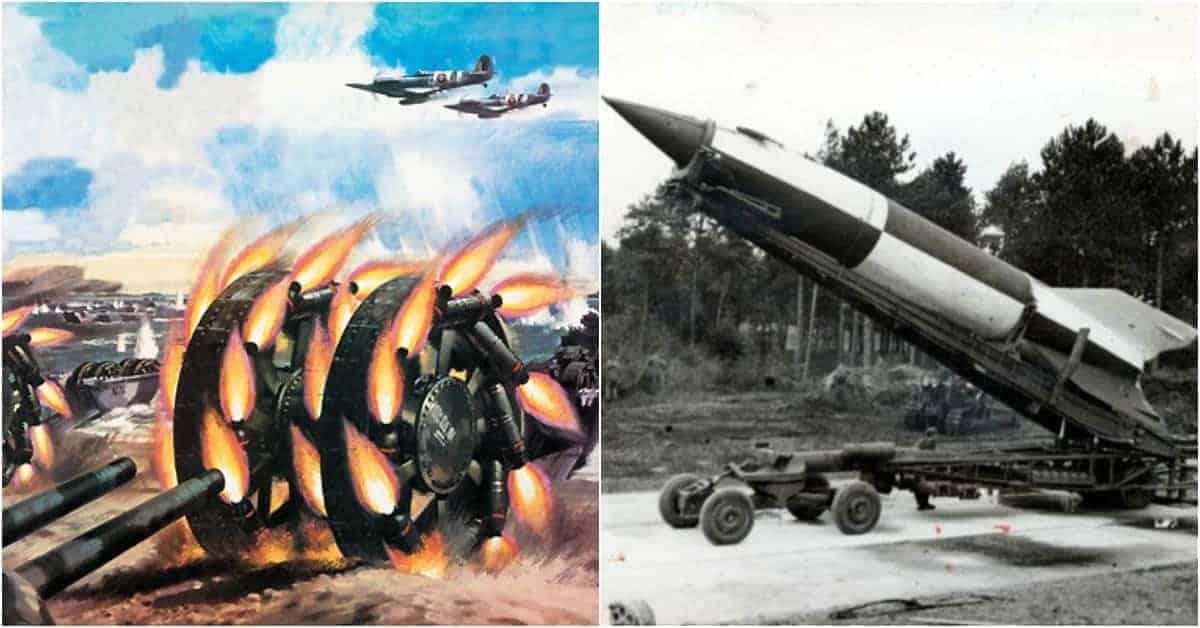As with all inventions, new weapons ideas and designs are thought up and proposed all the time. And as with inventions in other spheres, most new weapons proposals and designs are rubbish and end up discarded as such, with few going beyond the drawing board or doodling page.
However, every now and then weapons ideas and designs that should have ended in the trash pile because they were not well thought out, or because they were the wrong solution to the actual problem at hand, manage to slip past decision-makers and reality checkers who should have known better. When ill-conceived weapons concepts make an unfortunate transition from the drawing board to the factory floor, they end up being issued to, and plaguing, end users in the field who are forced to pay the price for bad ideas that should have been nipped in the bud.
When ill-conceived weapons concepts make an unfortunate transition from the drawing board to the factory floor, they end up being issued to, and plaguing, end users in the field who are forced to pay the price for bad ideas that should have been nipped in the bud.
Unlike most bad inventions in the civilian world, the consequences for weapons that were not well thought out are usually not limited to mere embarrassment and loss of investment, but embarrassment and loss of investment, frequently leavened with catastrophe and tragedy.
Following are 12 disastrously imperfect weapons from history that seemed like good ideas in theory, but turned out to be terrible in practice because they were poorly designed, poorly manufactured, were overly ambitious or underachieving, or were simply a bad solution for their intended purpose.

The Lantern Shield
During the Italian Renaissance, lantern shields – small circular bucklers to which a lantern was attached – became all the rage in dueling circles, and were sufficiently popular so as to be included in dueling manuals of the period. A leather flap covered the lantern, and when the user deemed it appropriate, he would throw open the flap and the sudden light from the lantern would hopefully dazzle the opponent by blinding or otherwise degrading his night vision. Some of the more sophisticated lantern shields, which could include built-in spikes, sword blades, and gauntlets, also had a mechanism for dimming or brightening the lamp’s light.
It was a good-looking contraption, and quite stylish, bestowing upon its bearer an air of elegance, urbane classiness, and refinement A drawback – and a significant one at that – was that lanterns of the day were oil lamps. That meant that the lantern shield suffered from an unfortunate design defect: it literally mixed oil and fire, strapped to the user’s arm and in close proximity to his face and torso.
The lantern had an oil storage compartment to allow extended use for hours on end. When the lamp was jostled – and being affixed to a shield it could not help doing so since the purpose of a shield is to absorb blows when used defensively, and to bash opponents when used offensively – the oil could leak out or spill uncontrollably.
With the lantern’s fuel compartment affixed to the shield, there was a strong possibility that the user’s shield-bearing arm, face, or body, would get drenched in flammable oil and catch fire if that oil came in contact with the lantern’s flame. As a result, the lantern shield had a tendency to turn its users into human torches every now and then.

